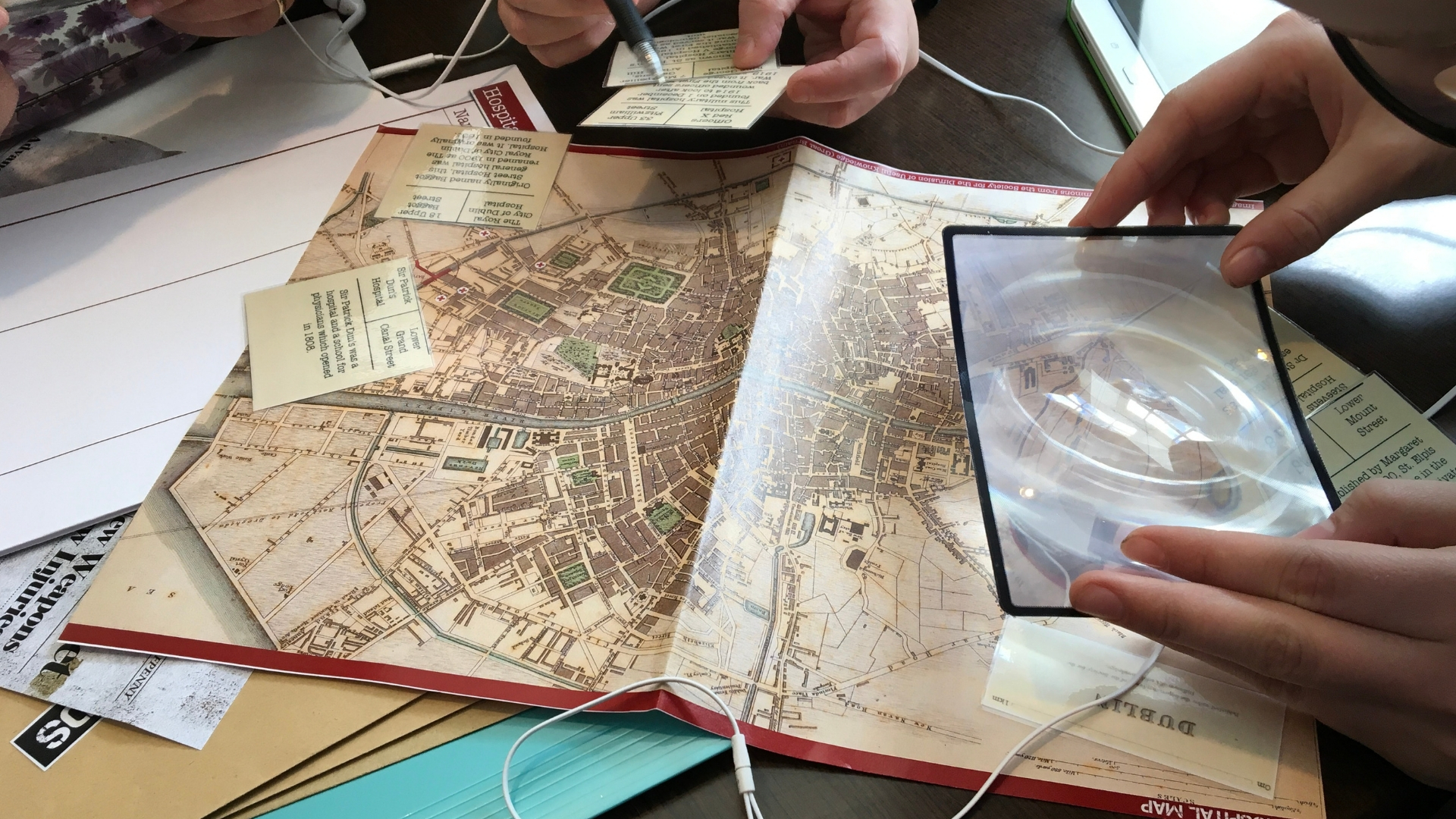Design and technology are playing a decisive role in numerous academic and professional disciplines. Design is an organisational principle, and how we define design determines how we understand the world.
Although Design Thinking and Maker Culture are usually associated with Science, Technology, Engineering and Maths (STEM) subjects, an increasing number of Arts and Humanities fields, especially those that are interdisciplinary and technology-driven (typically referred to a STEAM: Science, Technology, Engineering, Arts and Maths) employ these approaches to advance their research and teaching practice.
The following videos briefly introduce Design Thinking and the “maker movement” as versatile problem-solving approaches that make the best of the present digital transformation of society:
| What Is Design Thinking? (Sean van Genderen, 4 Apr 2014) |
|
| Defining the ‘maker’ movement (Los Angeles Times, 11 Nov 2014) |
Apart from well-known multinationals, many smaller for-profit companies and non-profit initiatives are now using Design Thinking and the maker ethos to develop new products or manage projects more efficiently:
Example 1
Special Projects is a London based Invention and Design Consultancy. Their mission is to enhance the unquantifiable aspects of life (e.g. empathy, wellbeing, delight) with meaningful design and invention. To achieve this aim, they leverage human insight, technology and the thought process of magicians.
| Magic UX, for instance, is a new smartphone interface inspired by the physical world. This example shows how observations from the real world can translate into a digital solution. | http://specialprojects.studio/project/magic-ux/ |
| Out of the Box empowers elderly people to engage more with mobile technology. This example (from the same source) shows an analogue solution to a technical challenge, created through user insights. | http://specialprojects.studio/project/out-of-the-box/ |
Example 2
Designit is an international strategic design firm who uses Design Thinking to create high-impact products, services, systems and spaces – that people love. Because what matters to people, matters to business.
| Here is an example from the healthcare sector that shows how using Design Thinking helped reduce the waiting time from referral to diagnosis for cancer patients by 90%: |
![]() We have also created a list of exemplary projects and publications for your inspiration.
We have also created a list of exemplary projects and publications for your inspiration.


